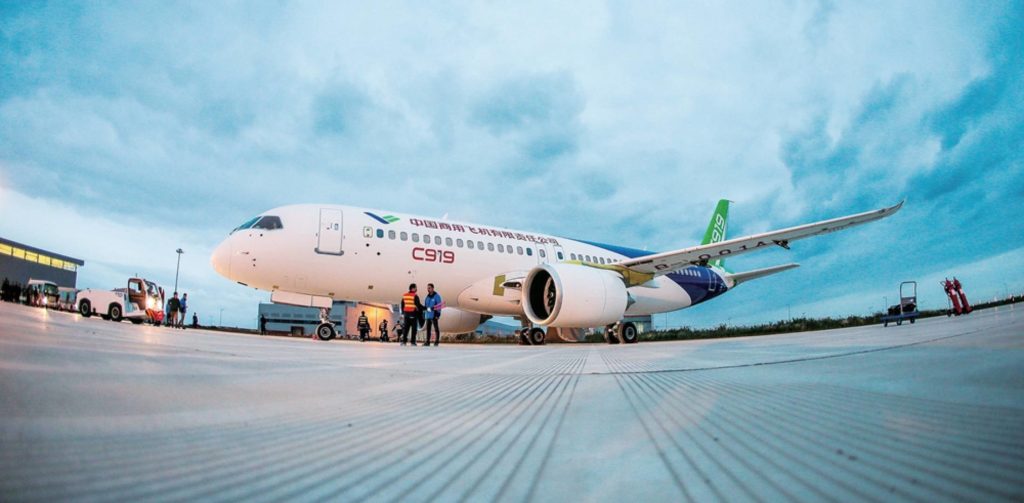




16 Jul 2025
Digital Twin or Digital Hype? What Lessors Really Need from Asset Monitoring Tech
Digital transformation has swept through the aviation industry in recent years, bringing with it a wave of promises — greater efficiency, real-time visibility, predictive insights, and smarter asset management. Among the flashiest buzzwords? Digital twins.
You’ve probably heard it: the idea that every aircraft can have a virtual replica, tracking its every move and mechanical detail in real time. For manufacturers and operators, the use cases are compelling. But what about lessors?
Do digital twins — or any asset monitoring tech — really make sense for leasing companies? Or is the hype moving faster than the need?
At Acumen Aviation, we help lessors cut through the noise. In this blog, we’ll explore what digital asset monitoring tools are actually useful, how they can be adopted practically, and why it’s more about strategy than software.
What Is a Digital Twin — And Is It Really for Lessors?
At its core, a digital twin is a dynamic, digital model of a physical object — in this case, an aircraft — that is updated in real time with data from sensors, systems, and operational inputs.
For operators, this can mean monitoring fuel burn, engine wear, or route optimisation minute-by-minute. For OEMs, it can support design refinements and warranty tracking.
But lessors aren’t flying aircraft. They’re managing portfolios, lease agreements, asset transitions, and risk. Their questions are different:
- Has the aircraft been maintained as agreed?
- Are usage patterns impacting residual value?
- Are there early signs of maintenance trends or trouble?
- Can we trust the records before redelivery?
- How do we prove compliance and protect asset value?
Digital twins may sound exciting, but for most lessors, they’re not yet necessary. What matters more is data accessibility, standardisation, and timely insight — not granular telemetry on every aircraft movement.
The Problem: Too Much Data, Too Little Context
One of the biggest challenges facing lessors is data overload without strategic application. Between maintenance tracking systems, operator reports, redelivery documents, and lease terms, there’s a mountain of information.
But how often is that data:
- Easy to access in a consistent format?
- Updated in real time or even near real time?
- Interpreted in the context of lease obligations and asset value?
- Shared across teams in legal, technical, and commercial functions?
Many lessors already have tools. What they lack is integration and interpretation.
What Lessors Actually Need from Tech
Lessors aren’t looking to become digital operations centres. But they do need monitoring tools that help them manage risk, improve transitions, and maintain investor trust. That starts with:
1. Smart Data Aggregation
A centralised view of key metrics — hours flown, cycles, maintenance events, compliance flags — pulled from lessee systems or integrated tracking platforms. Not a torrent of raw data, but curated insight.
2. Predictive Maintenance Flags
Not the operator’s job to fix, but a heads-up for the lessor when patterns suggest increased maintenance exposure or accelerated wear.
3. Lease Condition Alignment
Tech that can overlay actual usage against lease terms, alerting asset managers when tolerances are at risk of being breached.
4. Redelivery Planning Support
Better transition planning through real-time snapshots of airworthiness, component life, and documentation status — avoiding last-minute surprises.
5. Portfolio Reporting for Stakeholders
Consolidated, visual dashboards that speak the language of investors and regulators — not just engineers.
Adopting Tech Incrementally — The Practical Way
At Acumen, we always advise lessors to approach digital transformation in stages. Not every organisation needs an overhaul. Most need better alignment between people, processes, and platforms.
Here's how we suggest approaching adoption:
- Start with portfolio visibility tools that give you aircraft-by-aircraft health snapshots.
- Standardise records management with your operators — digitised, audit-ready, and searchable.
- Automate lease compliance checks using integrated systems and maintenance data feeds.
- Train teams on how to interpret data — not just where to find it.
- Pilot new tools with a portion of your fleet before expanding.
Tech should reduce friction, not create more. The goal is to enable asset managers, not replace them.
A Real-World Example: Insight That Prevented Delay
In a recent case, Acumen worked with a lessor during a mid-life aircraft transition. Thanks to early integration with the operator’s digital maintenance records, we were able to spot an overlooked AD (Airworthiness Directive) compliance gap two months ahead of schedule.
That insight:
- Allowed the operator to resolve the issue during a routine shop visit
- Prevented a costly redelivery delay
- Gave the incoming lessee confidence in the asset’s status
- Preserved the lessor’s reputation for operational readiness
This wasn’t a futuristic digital twin — it was practical, timely insight based on accessible data and the right systems talking to each other.
Final Thought: Be Strategic, Not Swayed by Hype
There’s no doubt that asset monitoring technology is becoming more relevant in the world of aviation leasing. But not every tool with a glossy pitch or high-tech promise is worth the investment.
The true advantage lies in understanding what data truly matters, how it impacts your assets, and what practical steps you can take to act on it.
At Acumen, we help lessors adopt the digital tools that lead to better outcomes — smoother transitions, stronger compliance, and more predictable asset value.
If you’re looking to navigate aviation’s digital shift with clarity and confidence, we’re here to help. Let’s focus on what works — together.





